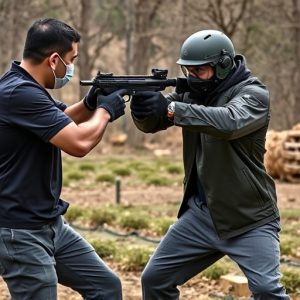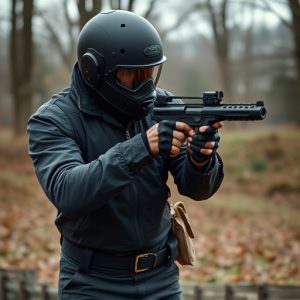Taser Paralysis Duration: Science, Safety, & Concealable Stun Guns for Women
Taser deployment, especially concealable stun guns designed for women's self-defense, is a hotl…….
Taser deployment, especially concealable stun guns designed for women's self-defense, is a hotly debated topic due to varying paralysis durations. These devices fire probes delivering high-voltage current, temporarily paralyzing targets. Effectiveness and severity depend on factors like distance, body position, and model. While they can deter or enable escape, the actual immobilizing effects may be shorter than perceived. Training and healthcare consultation are crucial for informed use. Concealable stun guns offer discreet, powerful protection, enhancing reaction time and overall safety for women in potentially dangerous situations.
“Uncovering the impact of Taser deployment and its role in paralysis duration is essential, especially considering the growing popularity of concealable stun guns among women seeking personal safety. This article delves into the complex relationship between Taser use and paralysis, exploring factors that extend or shorten this state.
We’ll examine ‘Understanding Taser Deployment’, ‘Factors Influencing Paralysis Time’ with a scientific lens, and provide insights on ‘Choosing Concealable Stun Guns for Women’, ensuring optimal safety and response time.”
- Understanding Taser Deployment and its Effects on Paralysis Duration
- Factors Influencing Paralysis Time: A Deep Dive into the Science
- Choosing Concealable Stun Guns for Women: Safety Considerations and Impact on Response Time
Understanding Taser Deployment and its Effects on Paralysis Duration
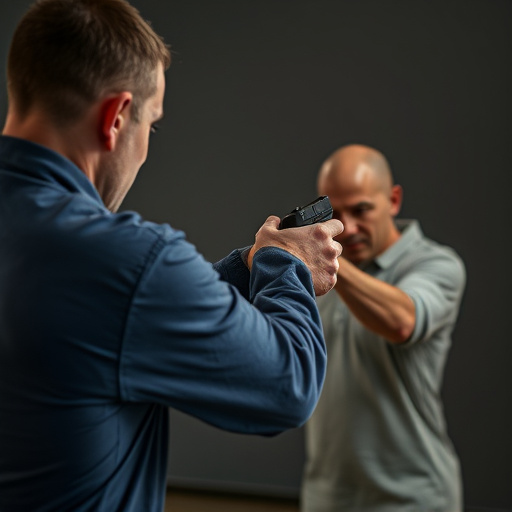
Taser deployment is a controversial topic, especially in light of its potential impact on paralysis duration. When activated, a Taser fires two small probes connected to high-voltage electrical cords, temporarily paralyzing the targeted individual. The effect is designed to subdue and control an assailant, but it’s important to understand that this technology can vary greatly in its outcomes. Factors like distance, body position, and the specific model of the stun gun (in this case, often concealable stun guns for women) play a significant role in determining the severity and duration of paralysis.
For individuals carrying concealed stun guns as personal protection, especially women looking for self-defense options, understanding how these devices function is crucial. While they can be powerful tools to deter or escape an attacker, the subsequent paralysis may not always last as long as some might assume. The reality is that even brief moments of immobilization through Taser deployment could prove invaluable in high-risk situations.
Factors Influencing Paralysis Time: A Deep Dive into the Science
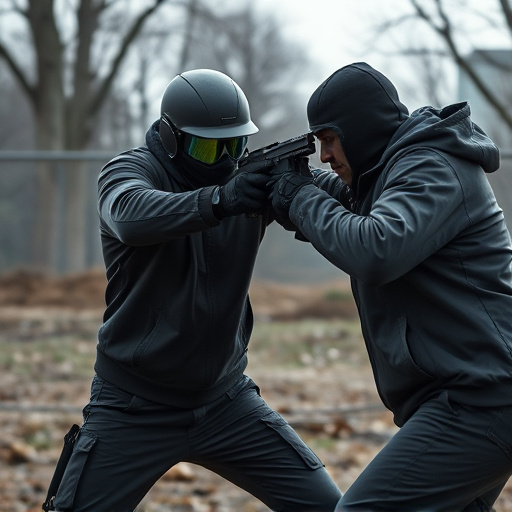
Paralysis duration after Concealable Stun Gun deployments varies widely, influenced by a complex interplay of factors rooted in human physiology and environmental conditions. Scientific studies indicate that stun gun jolts disrupt nerve signals to the muscles, leading to temporary paralysis. Several variables determine how long this immobilization lasts: voltage and current intensity, contact points on the body, the individual’s overall health, muscle mass, and fat content, as well as environmental temperature and humidity levels.
Research suggests that typical paralysis durations range from a few seconds to several minutes. However, factors like specialized training in escaping from stun gun effects can significantly reduce immobilization time. Moreover, individuals with certain medical conditions or taking specific medications may experience prolonged periods of paralysis. Understanding these influences is crucial for women considering Concealable Stun Guns as personal safety devices, highlighting the importance of proper training and consulting healthcare professionals for tailored advice.
Choosing Concealable Stun Guns for Women: Safety Considerations and Impact on Response Time
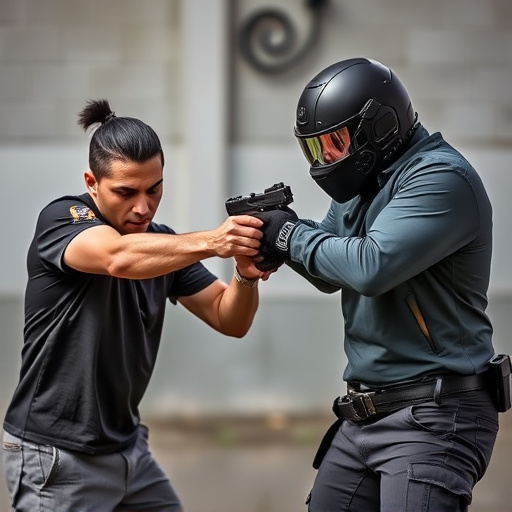
When it comes to personal safety, women often require a discreet yet powerful self-defense tool that can be easily carried and hidden. This is where concealable stun guns prove invaluable. These compact devices offer a swift response in potentially dangerous situations, providing users with an extra layer of security. When considering a stun gun for self-defense, the choice of a concealable model is not just about aesthetics; it’s a strategic decision that can impact reaction time and overall safety.
The primary concern for women selecting a stun gun is its ability to remain hidden while still providing effective protection. Concealable stun guns are designed with this in mind, offering features like compact sizes, ergonomic designs, and materials that allow for easy carrying without drawing unnecessary attention. This concealment is crucial, as it enables users to react swiftly when faced with threats, ensuring they have a means of self-defense readily available.
In conclusion, understanding the duration of paralysis after Taser deployment is crucial, especially when considering concealable stun guns for women. The factors influencing paralysis time are multifaceted, and delving into the science helps in optimizing response strategies. For women seeking personal safety, choosing the right concealed stun gun can make a significant difference, potentially reducing response times and enhancing their ability to defend themselves effectively.
